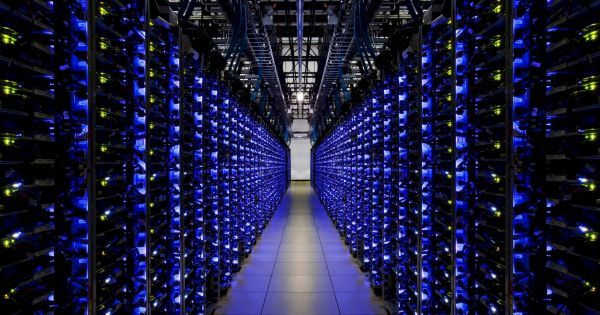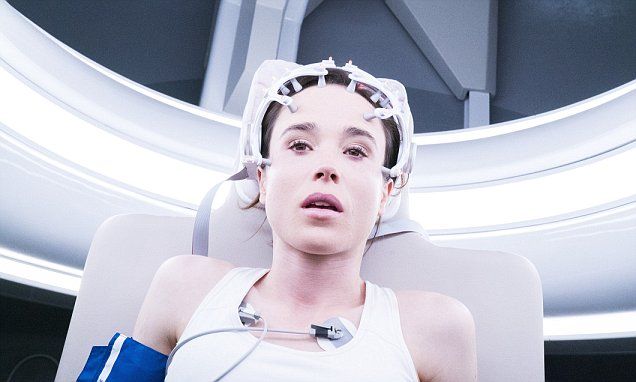It will happen eventually. The argument against it will be that AI lacks the human touch, by that they mean the crooks in the government who make a living on corruption, graft, outright theft, and are in the process of collapsing the United States with nepotism. The main fear of the crime bosses (politcos) is that you cant bribe, threaten, or blackmail an AI.
By glen sawyer, national director, iot digital transformation, SAP
Put Skynet from The Terminator movies to the back of your mind for a minute, and stay with me on this one.
Certain political leaders are reminding us of their fragile humanity with increasing frequency these days. Prone to wild acts of emotion, and unable to resist the urge to push their personal agenda at the expense of the greater good, it’s enough to make the concept of an AI-controlled government sound utopian by comparison.






